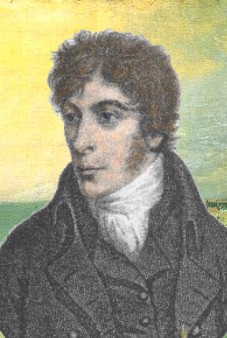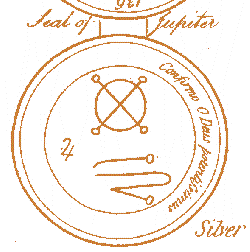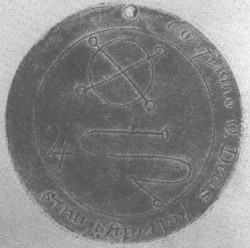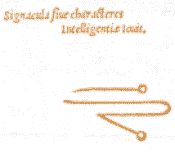


|
SERVICES | PAYMENT | COURSES | BOOKS | CONTACT | SEARCH |

|

|
| Christopher Warnock, Esq. |
| HOME |

|
 |
| Barrett on the Lunar Mansions |

|
| Introduction to Talismans |
 |
| Introduction to Astrological Magic |
 |
| Course Introduction |

|
 |
| Web Site Search |
|
|

|

|
|
|
|

|
